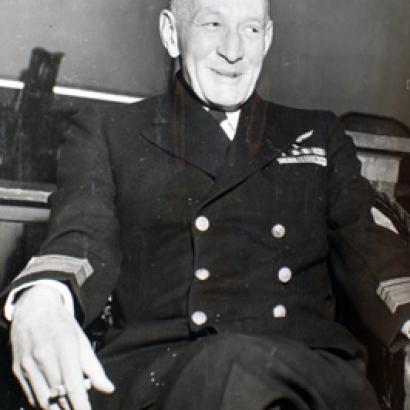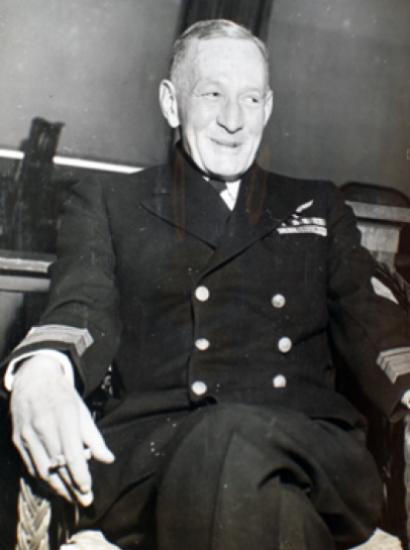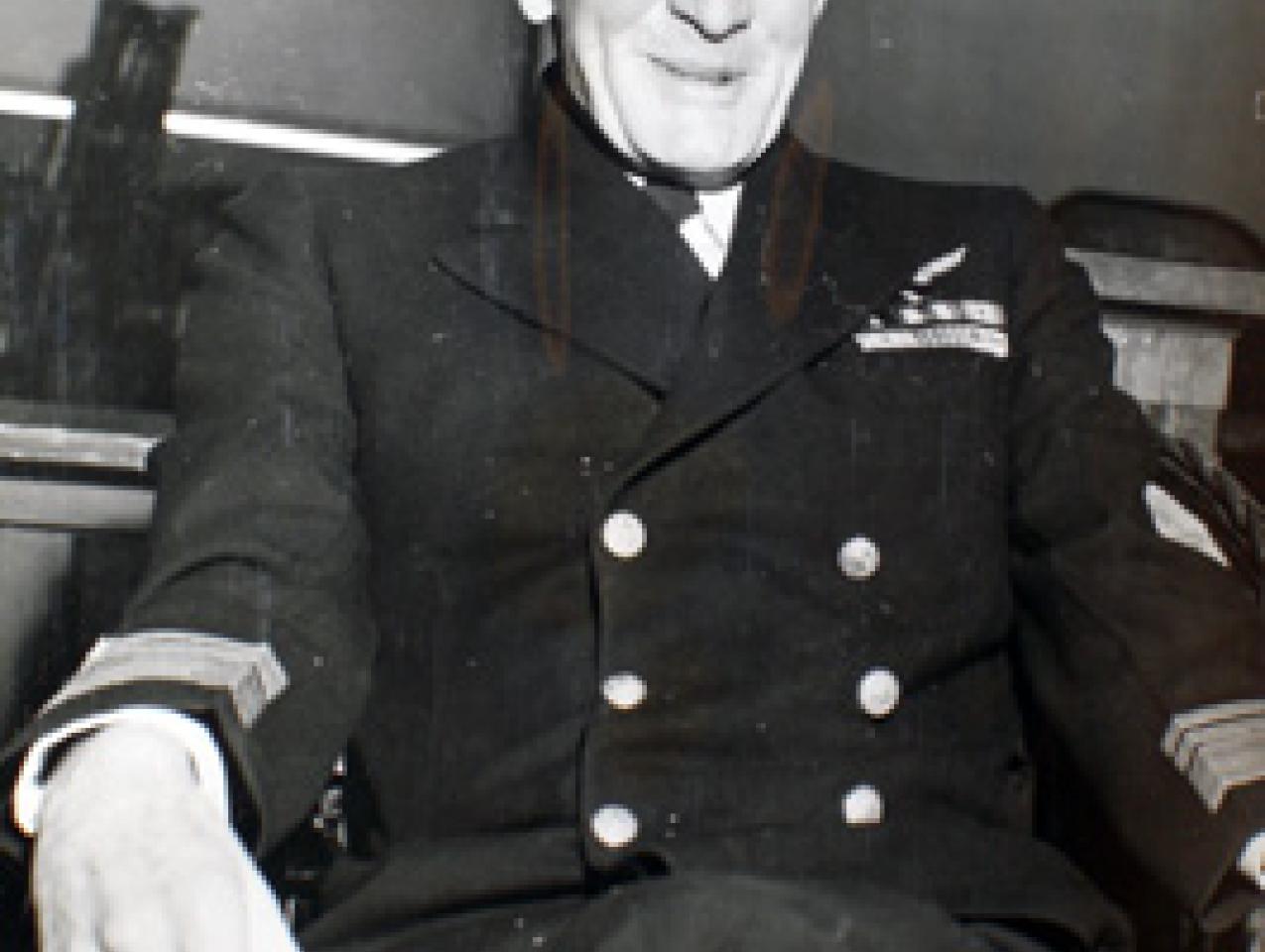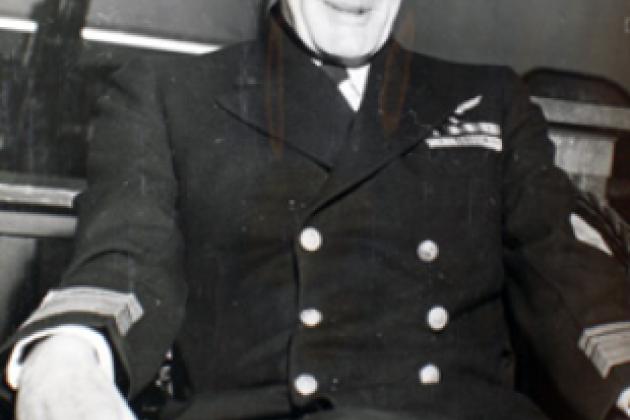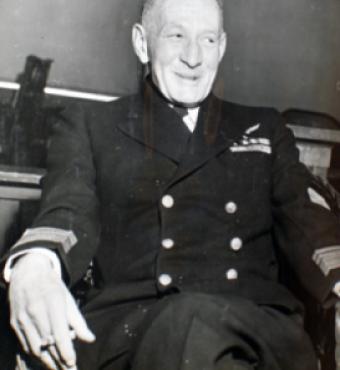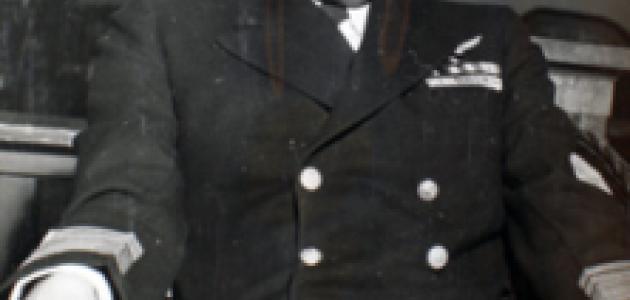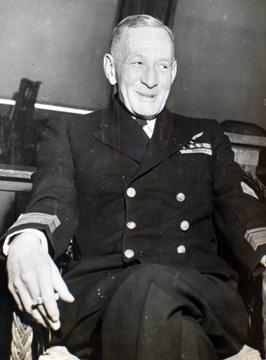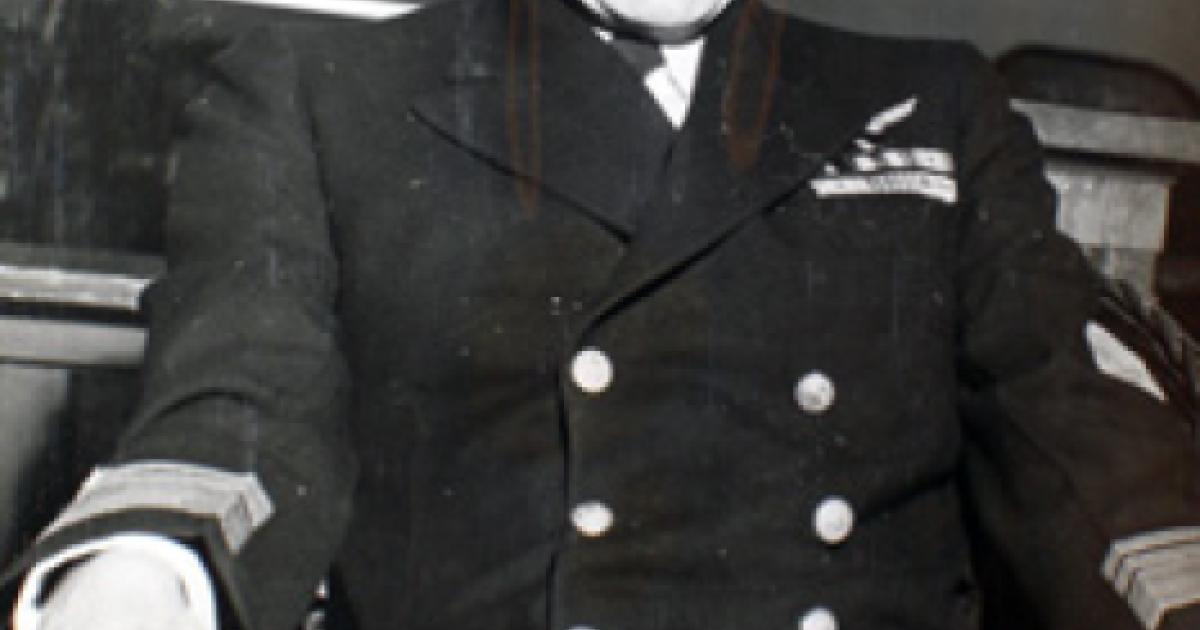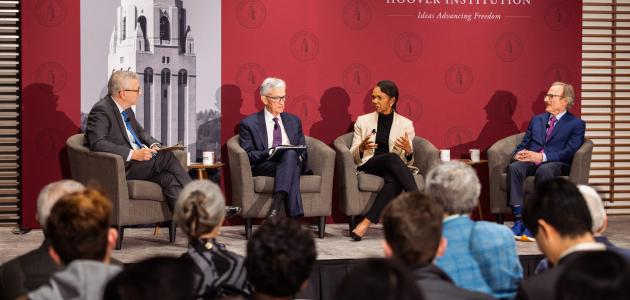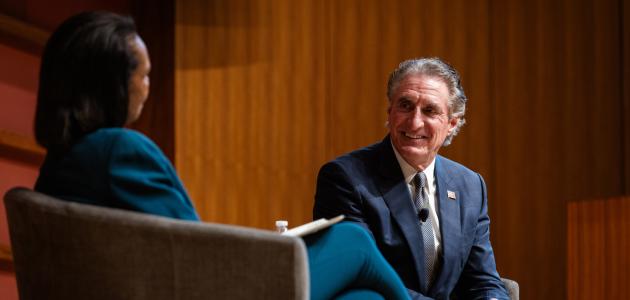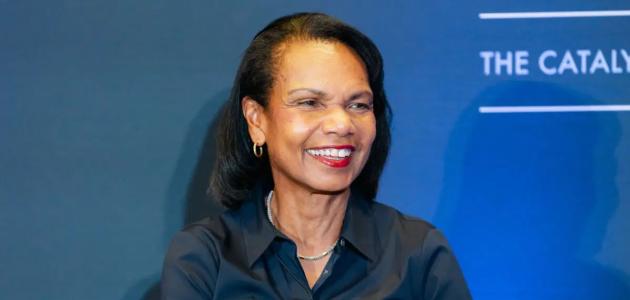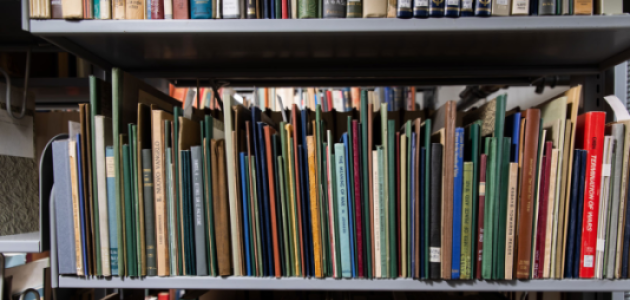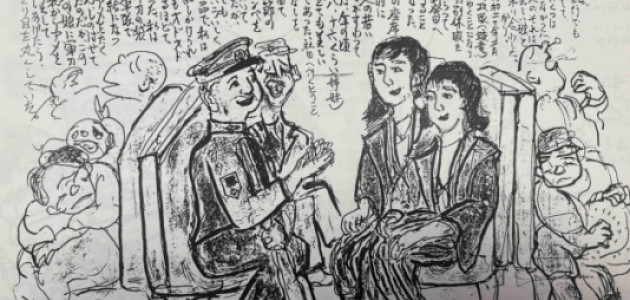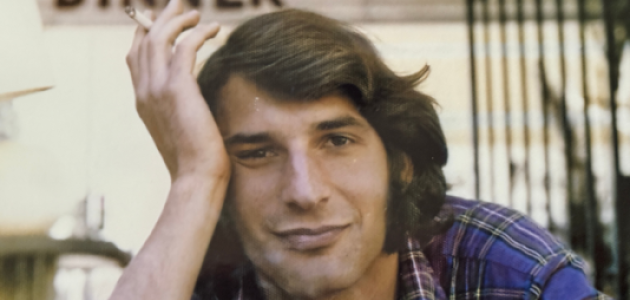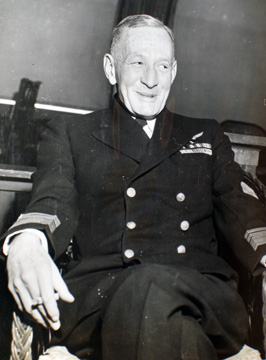
The papers of Admiral John Sidney McCain Sr. (August 9, 1884–September 6, 1945), who commanded the Fast Carrier Task Force in World War II, have been deposited at the Hoover Institution Archives and a guide to the collection is available. The materials are an excellent resource for material on World War II air and sea battles in the Pacific. McCain's descendants are also of note. Son John Sidney McCain Jr. also became an admiral, making the McCains the only father-son pair of full admirals in U.S. history. John Sidney McCain III, a retired naval captain and U.S. senator from Arizona, is the current Republican presidential candidate.
A graduate of the naval academy, the eldest McCain served on the Connecticut, part of Theodore Roosevelt's Great White Fleet, in World War I. As an early naval aviator, he was first stationed in Pensacola, Florida, in 1935–36. He later commanded two naval air stations and the aircraft carrier Ranger and served as the commander of the air forces for the Western Sea Frontier and the South Pacific Force.
In 1942, McCain became chief of the Bureau of Aeronautics. He commanded the Carrier Task Force on the Pacific front at the height of World War II and received the Navy Cross for defending the crippled cruisers Houston and Canberra. Present on the USS Missouri when Japan formally surrendered on September 2, 1945, McCain died later that month in the United States. He was posthumously promoted to admiral.
The McCain papers, which date from 1933 to 1945, relate to American naval and aviation operations in the Pacific Theater during World War II. They include personal and official correspondence, U.S. Navy dispatches, Fast Carrier Task Force instructions, operating orders, and war diary pages documenting McCain's daily activities from August 1944 to July 1945. Photographs depict the bombing of Japan, the Second Carrier Task Force, the Battle of the Sibuyan Sea, the Luzon Islands, Manila Bay, and various war targets and damage.




